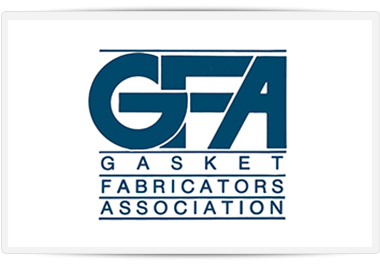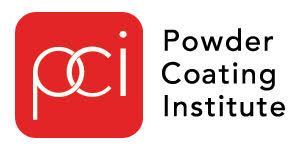No matter what you're shipping, foam shipping pads and foam materials can offer your product the protection it needs. However, choosing the best foam shipping pads and materials for your product is often easier said than done due to the vast number of options and potential combinations.
Fortunately, you're not alone. The custom packaging team at Frank Lowe will work closely with you to design smarter packaging solutions that protect your product and lead to improved customer experiences. We'll help you trim the fat and reduce packaging weight, while amplifying protection.
And in the process, we'll most likely use some iteration of foam or foam shipping pads! Let's take a closer look at different types of foam shipping pads and foam materials, a few key benefits, and how Frank Lowe's latest innovation is transforming how industries ship fragile components.
Common Types of Foam Shipping Pads & Foam Material
When it comes to foam shipping pads, the market is flooded with options. Here are a few of the most common types of foam shipping pads and foam material available to you today.
Eggcrate, Convoluted Foam
While most foams are flat, egg crate foam or convoluted foam has areas that are raised — like an egg crate. This type of foam can offer extra protection and shock absorbency. The elevated areas allow the foam to protect items from impacts and dampen vibrations to offer excellent protection. This type of foam is regularly paired with corrugated packaging. As a custom packaging solution, it should be designed to fit your product under the expertise of a professional package designer.
Charcoal Foam
Charcoal foam offers a surface that is difficult to soil and is perfect for the long-term storage of delicate items. Charcoal foam boasts the ability to act as practical packaging and retain a professional appearance without becoming dirty or dingy. This type of foam also has a complete open-pore structure that offers remarkable air flow qualities, which is ideal for filtration applications.
Polyfoam Shipping Pads
Polyfoam shipping pads have quickly grown in popularity due to the effectiveness of the material. It's an excellent solution for one-time shipping and is highly economical. Polyfoam works perfectly for protecting delicate items, including powder-coated metals, painted metals, raw metals and aluminum.
Polyurethane
As one of the most versatile types of foam, polyurethane is offered in a vast range of forms. In either case, it's an open cell, soft foam that can easily be molded into different products. Because of the soft nature of polyurethane foam, it can absorb shocks and recover its original shape. Polyurethane is ideal for protecting lightweight products that may be fragile.
Polyethylene
Polyethylene foam is an extremely resilient and strong closed-cell foam. This material is perfectly suited as the key component in products designed to absorb shock. In fact, polyethylene foam padding is perfect for dampening the effects of vibration. You can find polyethylene foam being used for items that may require long-distance transportation or are subject to less-than-delicate handling.
Foam Shipping Pads Can Help Prevent and Reduce Damage
Depending on the type of foam shipping pad you select, it may have the ability to significantly reduce damage sustained via shipping. Foam is generally a material that can withstand several jolts, bumps, and bruises. Even after absorbing the normal forces of transportation, foam can return to its natural form and continue offering protection for your product.
Because of this, foam shipping pads can also work toward lowering your overall shipping costs by decreasing the number of damaged products. The right foam shipping pads can create and retain valuable space between the products, which can create a protective barrier. In the end, foam shipping pads boast a range of admirable protective qualities that can result in:
Foam Pads Can Withstand the Elements
While traditional packaging materials like cardboard and kraft paper have regularly been used as protective shipping solutions, they leave a lot to be desired. And one blaring area of concern for cardboard and kraft paper is with their susceptibility to moisture and water.
To put it simply, if cardboard or kraft paper is exposed to rain, significant moisture, or condensation, they can turn to mush. Once this happens, your product is essentially left to fend for itself. However, most foam shipping pads can be impervious to rain, snow, heat, and other elements. This way you can rest easier knowing your products are protected no matter what the weather does.
Contact Frank Lowe for the Best Foam Shipping Pads & Custom Packaging Solutions
When it comes to the best foam shipping pads, Frank Lowe's new WOW Pads confidently check all of the boxes. These compact and mighty foam pads are proven to offer exceptional protection against chips, scratches, and dents that traditionally occur during transportation. WOW Pads are made from either NeoRebond or White Polyfoam materials and are die cut to the specific needs of your unique application needs.
They feature an easy-to-use, peel-and-stick removable adhesive backing that allows you to quickly apply. Our uniquely designed foam shipping pads — WOW Pads — are the best available products on the market. Fortunately, you don't have to take our word for it! Simply reach out to the team at Frank Lowe today to request your WOW Pad sample to see for yourself.
Contact Frank Lowe today!






